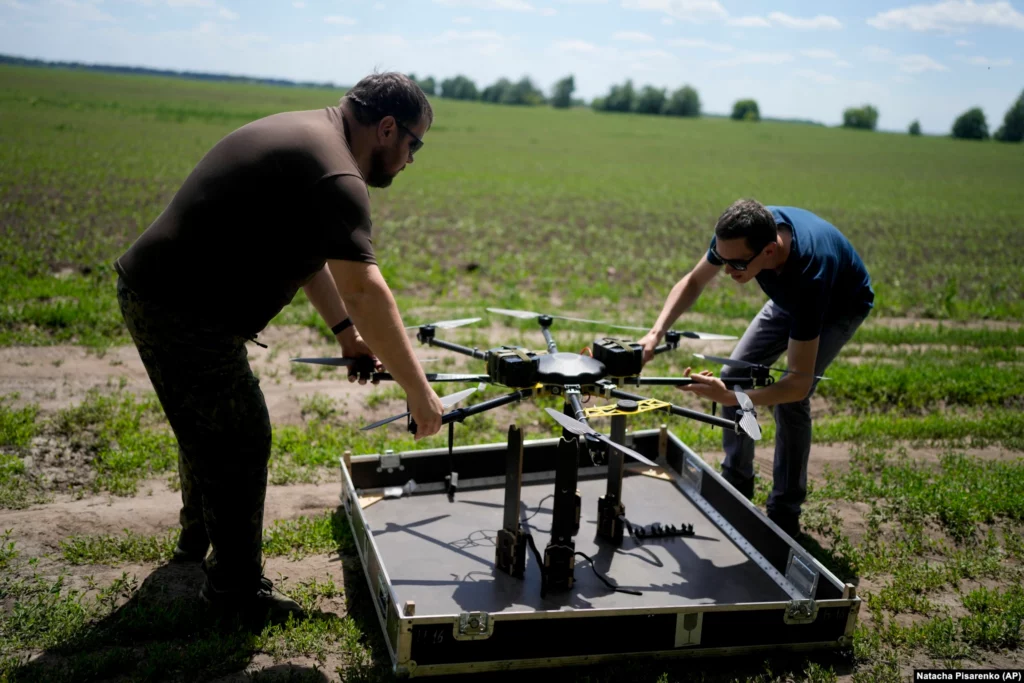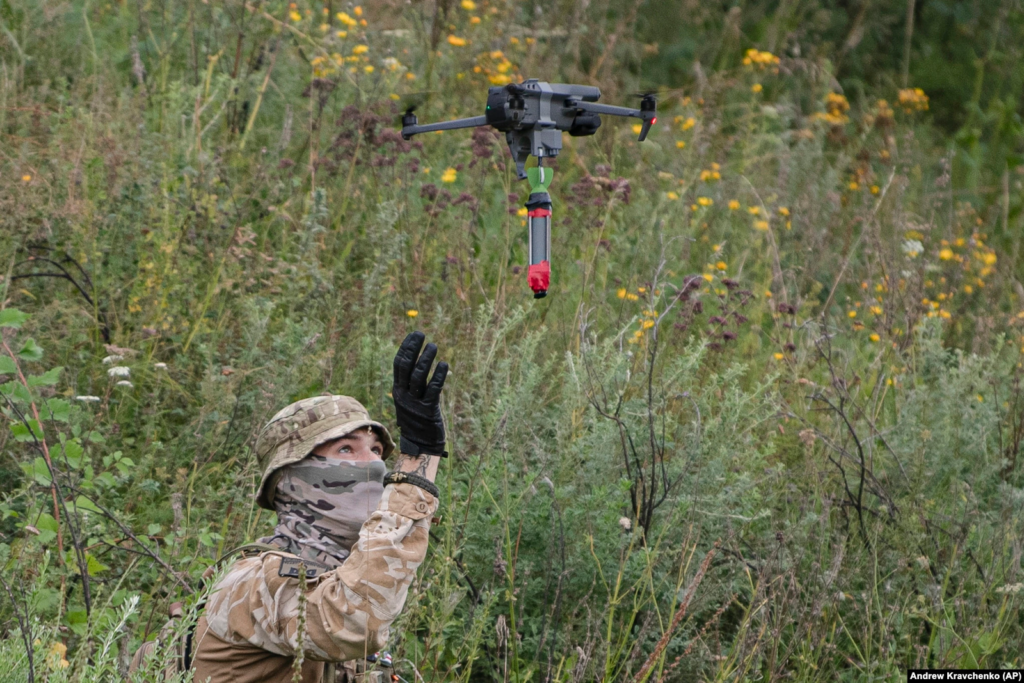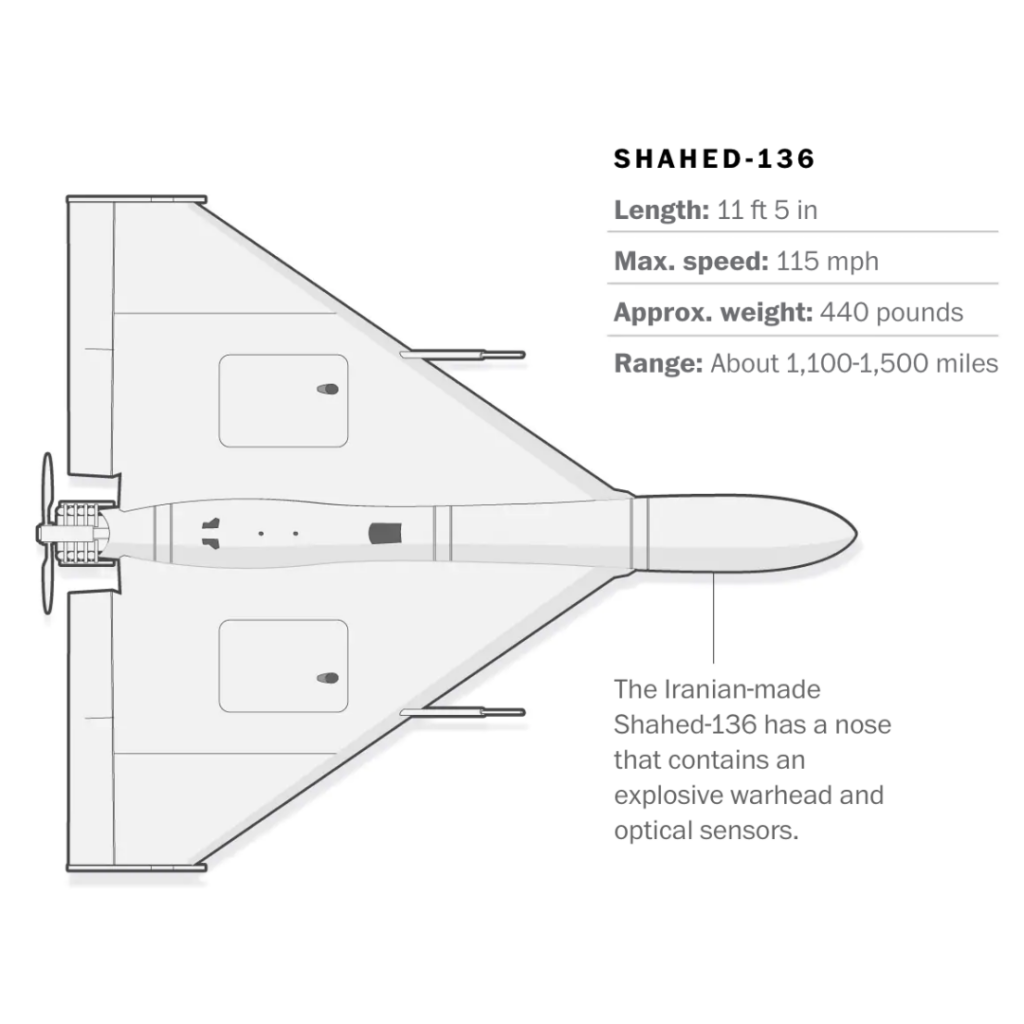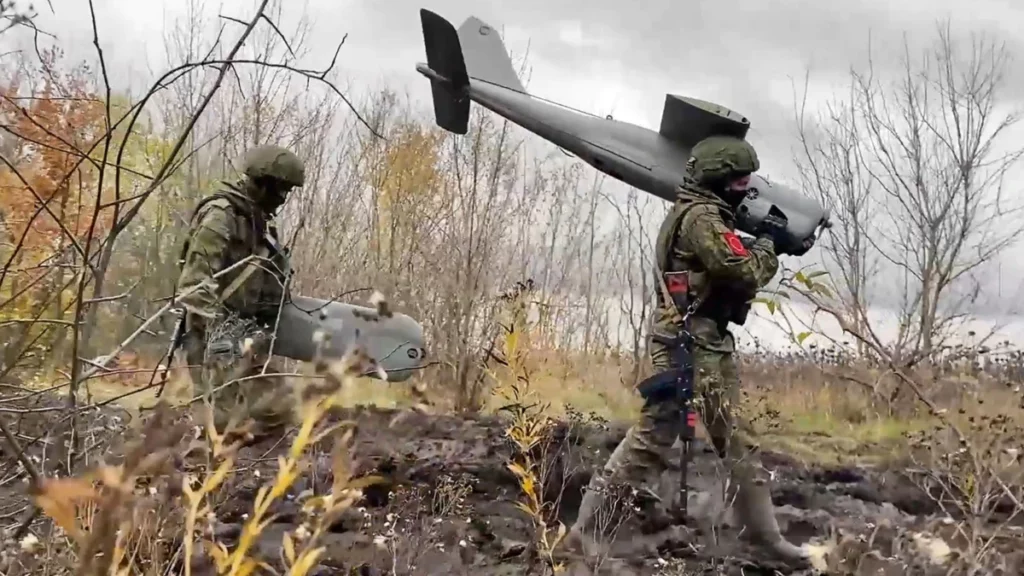Since the beginning of the conflict, Russia and Ukraine have used a broad variety of military and commercial drones. However, their deployment is becoming more regular and effective, which points to a potential new stage of escalation with significant ramifications for Ukraine and its western sponsors. Drones have been employed by both sides for a range of purposes, including information collection and military actions. Additionally, they have been utilised by journalists covering otherwise inaccessible battle zones as well as for the documenting of war crimes. While airborne combat drones used to launch airstrikes on Russian soldiers have received much of the attention, Ukraine has also effectively used drones against Russian naval assets in seized Crimea. Marine drones, which function like more conventional torpedoes, were coordinated with aerial drones in this attack.
Why are drones being deemed critical?
The usage of drones in Ukraine amply demonstrates the advantages of this technology. Many of the missiles Ukraine currently possesses in its arsenal are less effective than drones in terms of range. They are less expensive, don’t need as much training as air crews in manned aircraft, and don’t expose Ukrainian troops to the risk of being lost or captured. Thus, drones offer a way for Ukraine to reach hundreds of kilometres behind the present frontlines and deep into Russian and Russian-occupied territory. Even though the recent strikes within Russia only caused minor damage, it was nonetheless a significant illustration of Ukraine’s military prowess. Their ability to avoid air defences reveals further Russian weak points and is a significant, morale-boosting tactical triumph.
The fact that Ukrainians may strike the enemy at home and counter drones with drones also serves as a psychological blow to Russia. It also shows that past scepticism over the efficacy of Ukrainian drone warfare was founded on an exaggeration of Russia’s air defence capabilities.
Speciality drones in the war
Aerorozvidka R18

The R18 octocopter, which is produced in Ukraine, is developed especially for dropping bomblets. To optimise its payload capacity of about 5 kilos, the drone has been pared down to the absolute minimum of components. The R18 can fly in complete visual stealth in the dark without any lights, and it can detect enemy soldiers and vehicles by employing thermal imaging cameras. Videos taken by the octocopter show inexpensive, armour-piercing grenades with 3D-printed tail fins destroying Russian tanks.
DJI Mavic series

While both sides in the battle in Ukraine utilise DJI copters for reconnaissance, artillery correction, and the delivery of tiny antipersonnel grenades, the Chinese drone firm DJI designed their aircraft primarily for filmmakers and photographers. The most recent Mavic (seen in the image) is equipped with a low-quality telephoto lens that enables target surveillance from a distance as well as a sharper wide-angle lens. The quadcopter has enough power to carry and drop single impact-fused grenades.
Shahed-136/131

The latest Russian strike on Kyiv earlier this month is what brought attention to this suicide drone produced in Iran. A heat-seeking missile can’t easily latch on to the Iranian drone Shahed UAV because it uses stealth technology and has a small thermal signature. It restricts its application to just stationary objects since it employs GPS receivers of the civilian variety. Its relative affordability as compared to other drones raises the possibility of using it in swarms to launch long-range strikes on stationary targets or radars. Commercial GPS is used to improve terminal accuracy and navigation, which makes it more vulnerable to jamming assaults. They are less successful at carrying out quick assaults because of their low flying and moderate speed, which also makes them more prone to interception.
Drones in other wars across the world
Following the September 11, 2001 attacks on the US, the US military began deploying drone warfare to fight the presence of Islamist militants in Yemen, especially Al-Qaeda in the Arabian Peninsula. The Sammad-3 drones have a range of around 1,500 kilometres (930 miles), according to the insurgents and experts. They are named after Saleh al-Sammad, the group’s former second-in-command who was killed in a coalition airstrike in 2018. Frequently, they have attacked Saudi Arabia, which borders Yemen, killing and wounding civilians and destroying infrastructure, including airports and oil installations. Similarly in the Armenia and Azerbaijan conflict, both sides have hi-tech drone and air militia that have been used in the past decade to overpower each other. The Harop, Orbiter, and SkyStriker UAVs were among the Israeli loitering weapons, commonly referred to as “suicide” or “kamikaze” drones, that Azerbaijan had purchased. Azerbaijan is said to have upgraded its An-2 Colt biplanes from the Soviet period with remote-control technology and used them in the most recent war to draw out Armenian air defences.
Drone swarms may also completely usher in AI warfare, where decisions on whether to shoot or detonate must be made more quickly than humans can react. To add a person to the decision-making process would be counterproductive. “The effectiveness of autonomous weapons is mostly due to the speed and accuracy obtained by removing a person from the process. Any nation that wishes to win the arms race may not accept this crippling compromise”- The Atlantic’s Kai-Fu Lee. A laser directed by a supercomputer would need to move quickly and precisely to take down a drone swarm after it has taken flight, as was most famously seen in the series of Terminator movies.

